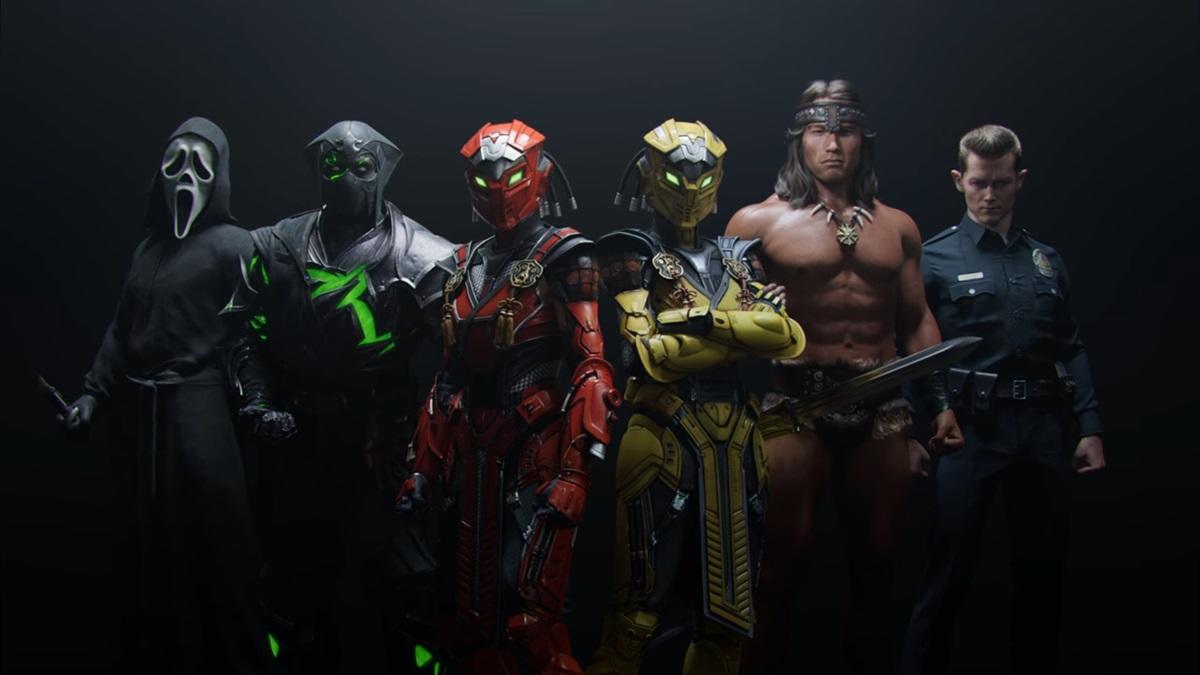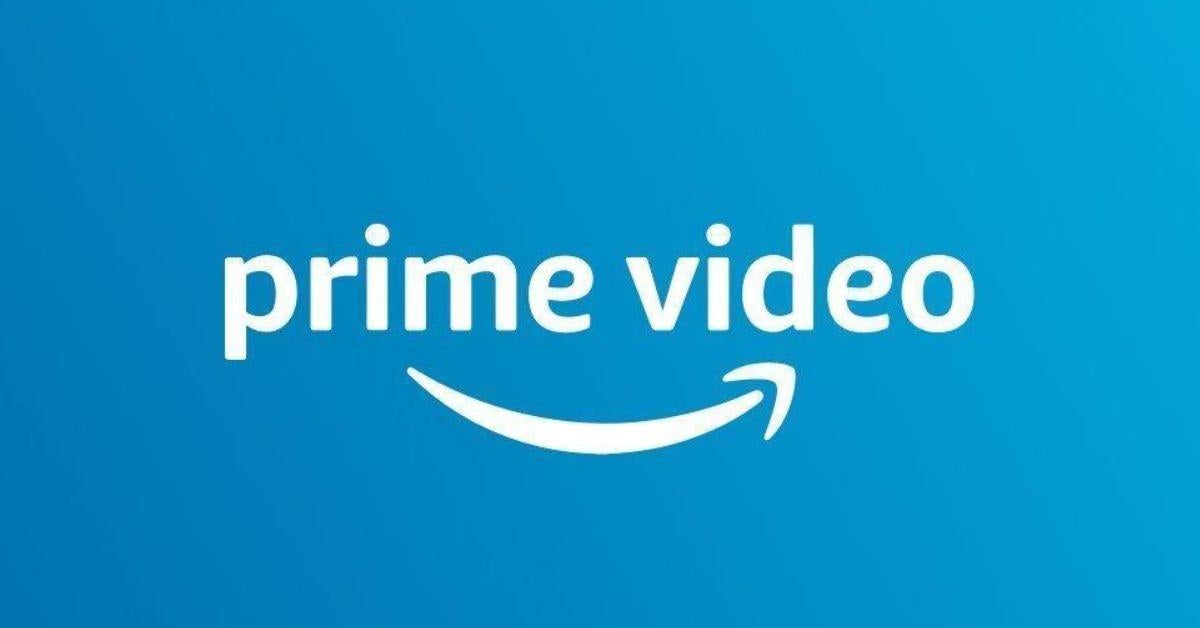ESRB Adding New 'In-game Purchases' Label in Response to Loot Crate Backlash
2017 was the year of the microtransations. Most players didn't have a problem with the loot crate [...]

2017 was the year of the microtransations. Most players didn't have a problem with the loot crate feature in-games until publishers started taking them into a decidedly more "pay-to-win" direction. Take for instance with Star War Battlefront II came out and documents came to light showing that EA was deliberately altering multiplayer mechanics to make players "feel like they need to rely" upon the use of the loot crate system in order to purchase more power. It went about as well as you'd expect and then similar publishers and developers were called under fire for taking the same approach.
Many goverments around the world have taken to this controversy to decide if the very nature of loot crates is dangerous and if it's considered gambling or not. The ESRB has taken notice and because of that, they have implemented a new label to help identify which titles come with "in-game purchases." This includes the standard cosmetic options but is meant to dissuade the pay-to-win models.
An update on in-game purchases from your friends at ESRB: pic.twitter.com/pqmfJe0Ywz
— ESRB (@ESRBRatings) February 27, 2018
By starting out, "you may have noticed that we've been a little quiet on the topic of in-game purchses ..." they effectively opened up their doors to let consumers know what's on the agenda. This label won't be the end-all-be-all savior that many are hoping for, but it will, at least, give pause to publishers that have a very unbalanced ratio of organic gameplay vs. microtransactions.
The label applies to item packs, mystery rewards, loot boxes, skins, bonus levels, etc, as per their press statement. The ESRB is also kickstarting another campaign to raise awareness for the important role parents play in their child's gaming habits. The newly implemented "Parent Tools" site aims to put the control back into the guardian's hands regarding young kids and their game time. This is nothing new but it does hope to ensure that labels will be heeded and that informative decisions can be made.
Our take? This isn't going to do much, but it's a step. It's an official step to let publishers know that it's not just the consumer that is paying attention to a trend that has gone way off course. It will be interesting to changes in gaming patterns over the next few years.




